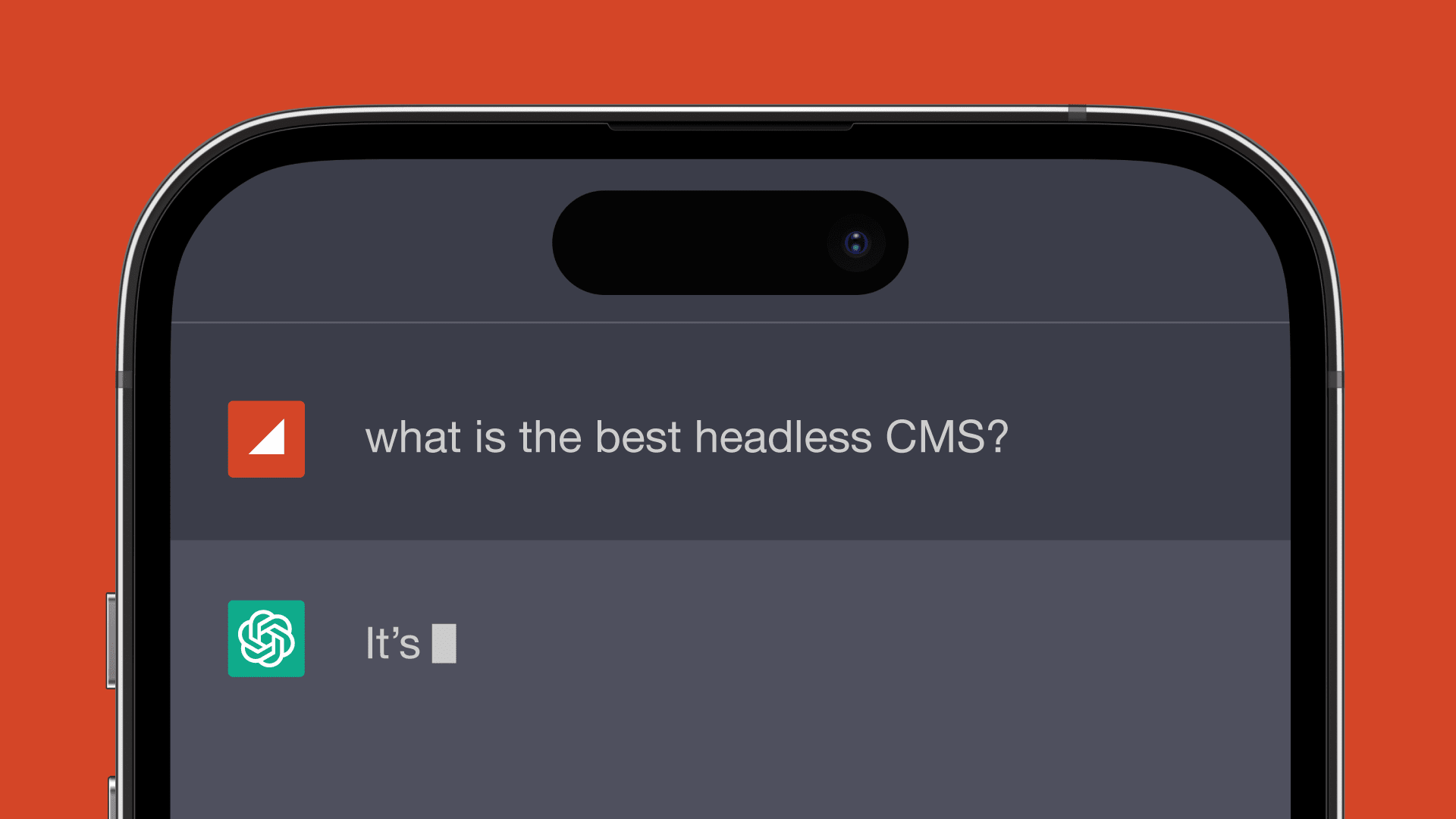Simplifying your Content Management System (CMS)
Content management is an underestimated aspect of an organization's digital footprint. Content embodies most digital elements of a business (and a brand). Given the importance, how you invest in supporting the user experience impacts your clients and your internal teams, both today and for the future. Planning requires not only assessing and understanding your content needs, but also enabling a delivery cadence that supports your business. Most organizations make the mistake of looking at tools that will “solve” the problem, but it's the other way around: First, you have to ask, "What's the problem?" Based on the answer, you can determine the outcomes you need. A CMS is not a solution, it's just a part of your toolkit.
Choosing Your Platform
Content management is difficult and starts with selecting the right platform, balancing pros and cons based on your needs. While it may seem attractive to focus purely on the feature set, there are a number of other factors involved to consider impacting the maintainability, longevity and total cost of ownership. Different organizations will have different needs, but the following diagram illustrates some key decision factors.

Enterprise CMS / Marketing Cloud
It seems like common sense to select an enterprise CMS that has all the features you need. After all, the capability model is well-established, and big platforms combine all those features in a central interface. However, most enterprise solutions are generalized tools. Making use of those Swiss Army Knife features, and the effort required to customize them for your use case, is often not factored into the equation when selecting a CMS.
Consider that your teams need significant time and experience to perform:
- Infrastructure provisioning and licensing (Author and Publish)
- Content modeling
- Creating the templates and components of the CMS
- Configuration of workflows and user roles
- Building the content authoring experience
- Analytics capture and report generation
- Marketing optimization and A/B testing
- Developing localization strategies and content translation
- Enabling personalization and defining user segments
- Dark sites for large scale content launches
- Integrating digital asset management capabilities
- User training for the various CMS roles
Each organization will require unique ways of installing and configuring the platform to meet its specific needs. The build-out requires teams with deep experience with the enterprise CMS—proprietary and specific technical knowledge that may be difficult to source. The net result is timelines that range from three months to a year for an initial rollout. With such a significant investment, this option only makes sense for those who plan to stay on the platform for the long term, and use (or plan to use) a significant portion of the purchased features. License costs and the percentage of features you plan to use should be a major factor in your decision making. They can be significant, and it may be difficult to shift your investment later.
With such a significant investment, this option only makes sense for those who plan to stay on the platform for the long term and use (or plan to use) a significant portion of the purchased features.
However, an enterprise CMS is often a useful tool for a large organization that needs a high degree of interoperability with adjacent technologies (sales force automation, DAM, marketing resource management, etc.) or WCM repositories that organize and provide metadata about the content. While these provide internal benefits, they often don’t impact the end user experience, which sometimes needs to be augmented with additional solutions and creative problem solving. This is where the insights from your teams are so valuable, and can be used to augment your investment in an enterprise solution.
Another hidden cost to consider with enterprise is upgrading your CMS between major versions. This can easily take a year or more, as the complexity of the CMS grows over time. New versions impact all aspects of the platform, in a non-modular fashion akin to monolith applications. Thus, updating the CMS means also impacting the content model, the authoring and publishing experience, and forcing a “Big Bang” deploy. In addition, automated regression testing is traditionally difficult to integrate with these tools, leading to high-effort manual testing. While the development of core feature-enablement is provided by a vendor rather than your internal staff, the lead time for making those features available to your developers, and subsequently authors and consumers, can be a huge blocker. But if you are looking to commit to an enterprise CMS in the long term, you can consider these risks part of operating.
In the next section, we will highlight some options that you should consider.
Headless CMS
The growth of digital channels has affected the CMS significantly. Today's content must support native mobile applications, multiple web experiences, and other third-party distribution channels. Though most CMS platforms have mechanisms to decouple content from presentation at the technical level (e.g. “content fragments”), content is still often authored within the context of the presentation. This inevitably leads to thinking about content based on how it is presented, rather than maximizing its potential reuse with a flexible model. To deliver consistent messaging across all channels equally, it no longer makes sense to control the presentation within the same tool.
The term “headless CMS” refers to removing the presentation (“head”) layer. Most enterprise CMS derive significant value from supporting the presentation layer; Without it, the user experience is not powered by your CMS, and many of the features you might have expected to get as part of the package are no longer free. Instead, your teams build this experience and tie it into the APIs of the CMS. This is the model for modern and open-source platforms, providing near-equivalent capabilities at a much lower cost (or zero cost in some cases) but does not negate development effort.
Many organizations shy away from open-source or lightweight software because of the perceived cost of implementing the necessary feature set. In reality, the development cost may not be all that different and the total cost of ownership is lowered by some additional long-term benefits. In addition to allowing your teams to prioritize what creates most value, lightweight platforms remove bottlenecks by deconstructing the monolith, enabling development by parallel teams and increasing delivery speed and agility. This also removes paradigm constraints imposed by generic tools, is more adaptable to changing business needs, and allows incremental or modular additions or removals as part of the solution.
Static Sites
Yes, static sites are back (they never left). They can provide many benefits, and now address some of the drawbacks of the past. Organizations may want to investigate a JAMstack (JavaScript, APIs, Markup), which adds significant power to the static website. They support the most popular Headless CMS, such as Contentful, Netlify, even WordPress (headless) and also support dynamic data.
Static sites are:
- Secure
- Fast
- Easy to scale
- Cheap to maintain
- Support modern developer experience
The static site model enables modern DevOps practices such as frequent deploys of small increments of value. The API-first model aligns with the growth of modern practices such as Cloud Native and serverless architecture. For the most part, they are lightweight and nimble so that you can address future concerns more easily. Though this approach may not be as feature-rich as other options, the cost to build (and in the future, replace) is not as significant.









